Manhattan developers remain cautious, but spotlight shines bright on prime locations - by Howard Raber and David Baruch
While investors are strategically looking forward in 2017, it is beneficial to first take a look back at what transpired in 2016. This past year, Manhattan real estate development remained sluggish as the expiration of the 421-a tax program, constricted lending activity, and softening condominium market continued to create an uncertain environment. While this trend is likely to carry into 2017, developers are expected to continue seeking out opportunities in popular locations where the expected rewards will offset the risk.
Before examining the various contributing factors to the current development climate, let’s first begin with a brief overview of the marketplace activity. According to Ariel Property Advisors’ research data for the first three quarters of 2016, sales of development sites below 96th Street in Manhattan slowed markedly, a trend that began in 2015, with dollar volume dropping by 54% to $2.6 billion versus $5.6 billion for the same period a year earlier. Transaction volume also fell sharply, with 66 sales registered compared to 120 for these same time periods.
However, despite the reduced dollar volume, prices for Manhattan development sites appreciated in the first three quarters of the year, driven primarily by several large deals in prime locations. The average price per buildable s/f of $648 was up 6% from the $613 registered in the same three quarters in 2015.
It is no secret that the 421-a tax abatement has been a hot topic for development. The expiration of the tax abatement, which offered developers a rental fallback option, has resulted in suppressed demand for new projects. Many believe this legislation is crucial for continued construction of rental and affordable housing, so a reinstatement of 421-a in 2017 has the potential to ignite a surge in activity.
Risk-aversion reigned in 2016, due partly to a sharp pullback in financing for construction projects by banks concerned about being overleveraged and government regulation. This was a sharp turnaround from previous years when banks were bullish on construction loans. While lending institutions have tried to mitigate the threat of overleveraging through more stringent client and credit vetting processes, lending activity paled in comparison to previous years. Loan financing volume could climb in 2017 if President-Elect Trump’s administration loosens banking regulation.
Meanwhile, transactions have been constrained by the prospect of higher borrowing costs. After raising short-term interest rates for only the second time in a decade in December, the Federal Reserve is expected to tighten monetary policy further in 2017 as long as economic conditions continue to improve. Historically low interest rates, as well as relatively easy access to capital, were a boon for Manhattan sales in recent years.
Lastly, weaker demand for condominiums also weighed heavily on development, with the market for high-end, luxury properties much smaller than in recent years as an overbuilt market confronted a narrow consumer base. This has become a predominant factor in financial analyses for both developers and lenders.
Given the current climate, developers in 2017 should continue to be cautious, favoring low-risk endeavors. Chelsea, one of the city’s trendiest neighborhoods, and also the New York home of several tech-giants, such as Google, registered the highest development sales volume in Manhattan through the first three quarters of 2016, with $1.55 billion in sales, more than $120 million above the same period in 2015. The average price per buildable s/f, however, dropped to $765 versus $774.
Developers also desired the residential-heavy neighborhood of the Upper East Side and commercial-heavy area of Midtown East, which saw $897 million and $895 million in dollar volume, respectively. The average price per buildable square foot on the Upper East Side climbed to $754 from $727, bolstered by growth potential due to relatively low rents and the opening of the Second Avenue subway line.
Prices in Midtown East, meanwhile, leapt to $688 from $467. Midtown East has been one of the most transactional locations in Manhattan, buoyed by a centralized location that is favored for both its strong residential and commercial use. Developers in this neighborhood have been seeking easily constructible smaller sites that are less complicated to finance. The sale of 140 Lexington Avenue in recent months is an example of this, as the vacant development site with approximately 124 feet of wraparound frontage closed for $9.1 million, or $612 per buildable s/f. Moreover, while the proposed Midtown East Rezoning Plan is designed to benefit commercial development, residential developers will seek to capitalize on the evolving area just the same.
Finally, the Financial District should continue to garner strong demand as the neighborhood has transformed dramatically over the past decade. The neighborhood’s ballooning population and more residential-friendly atmosphere has become a big draw for developers. Indeed, sales soared to $693 million in the first three quarters of 2016, up significantly from the $78 million registered in the same period in 2015.
While Manhattan development sales have undoubtedly slowed over the past year, demand for well priced, high quality locations has not. With the local and national economy expected to improve further in 2017, and the re-introduction of a development tax abatement program, domestic and international investors should continue spending capital in Manhattan as it remains a safe-haven and historically one of the best bets around.
Howard Raber is a vice president and David Baruch is a senior analyst at Ariel Property Advisors, New York, N.Y.
Hanna Commercial Real Estate brokers Agri-Plastics 64,000 s/f manufacturing facility lease at Uniland’s 2 Steelworkers Way


Lasting effects of eminent domain on commercial development - by Sebastian Jablonski

Behind the post: Why reels, stories, and shorts work for CRE (and how to use them) - by Kimberly Zar Bloorian

AI comes to public relations, but be cautious, experts say - by Harry Zlokower




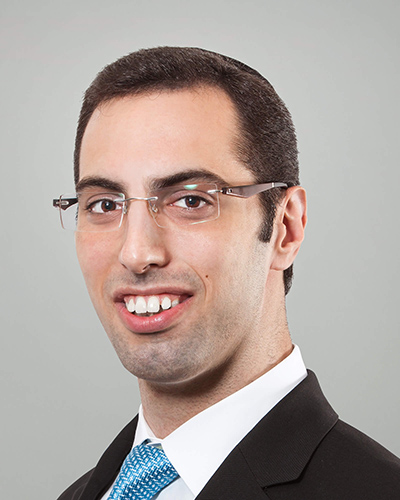
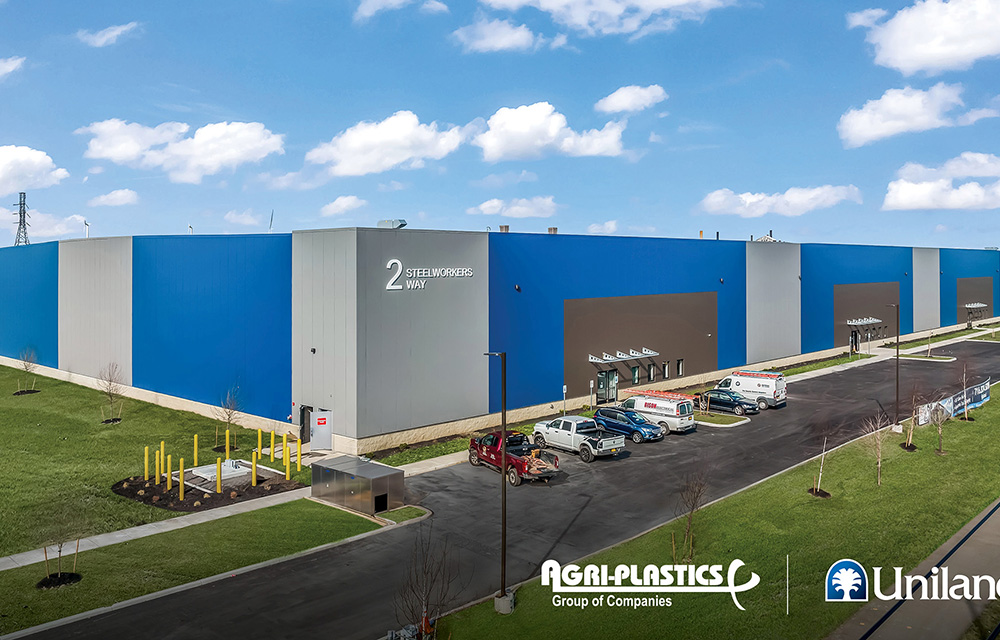
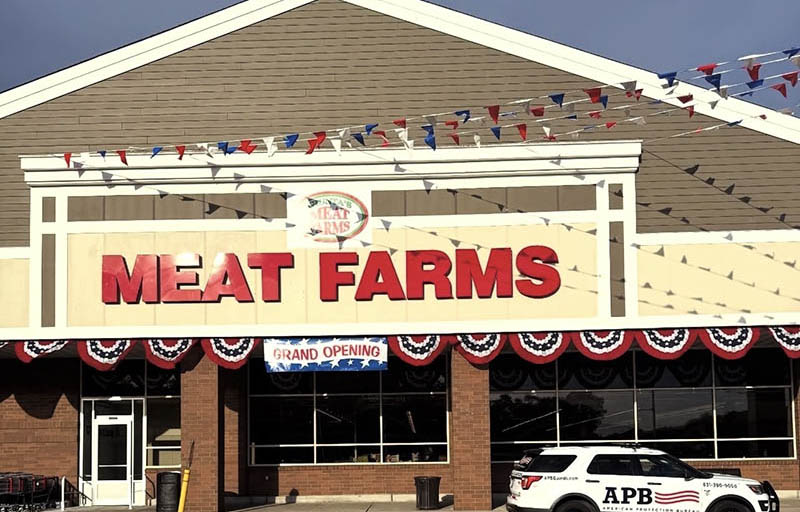
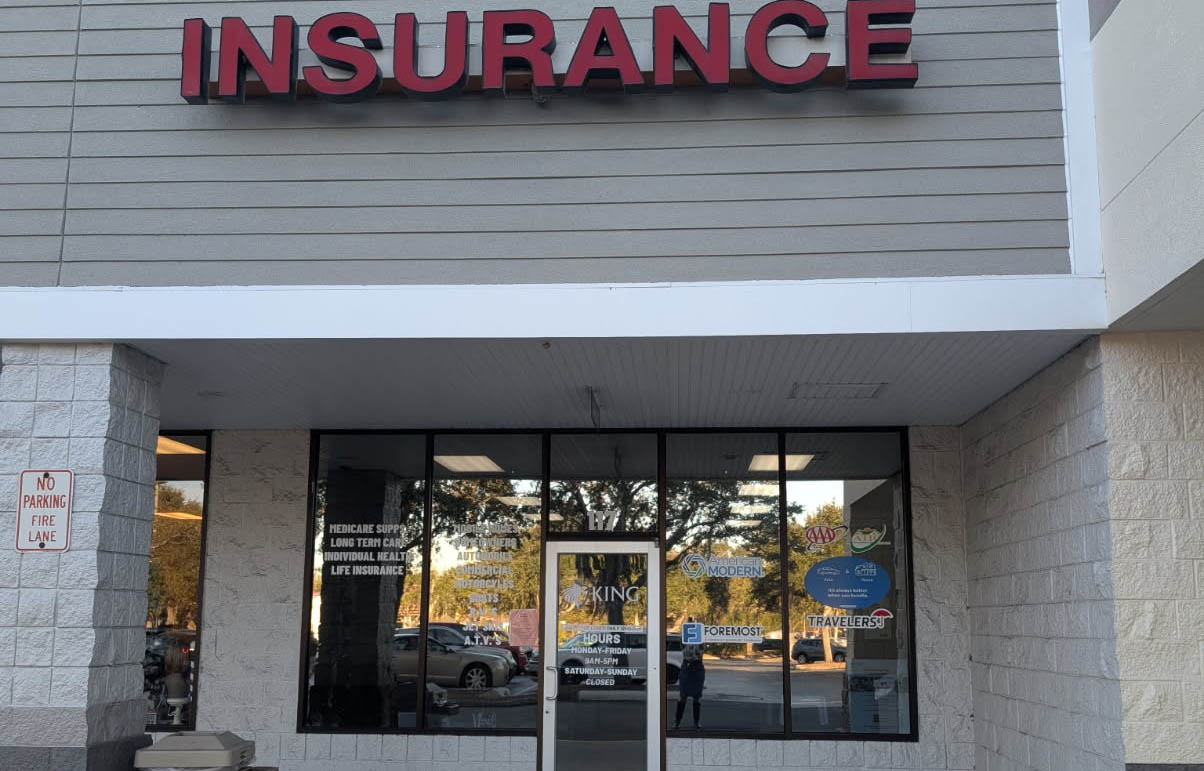
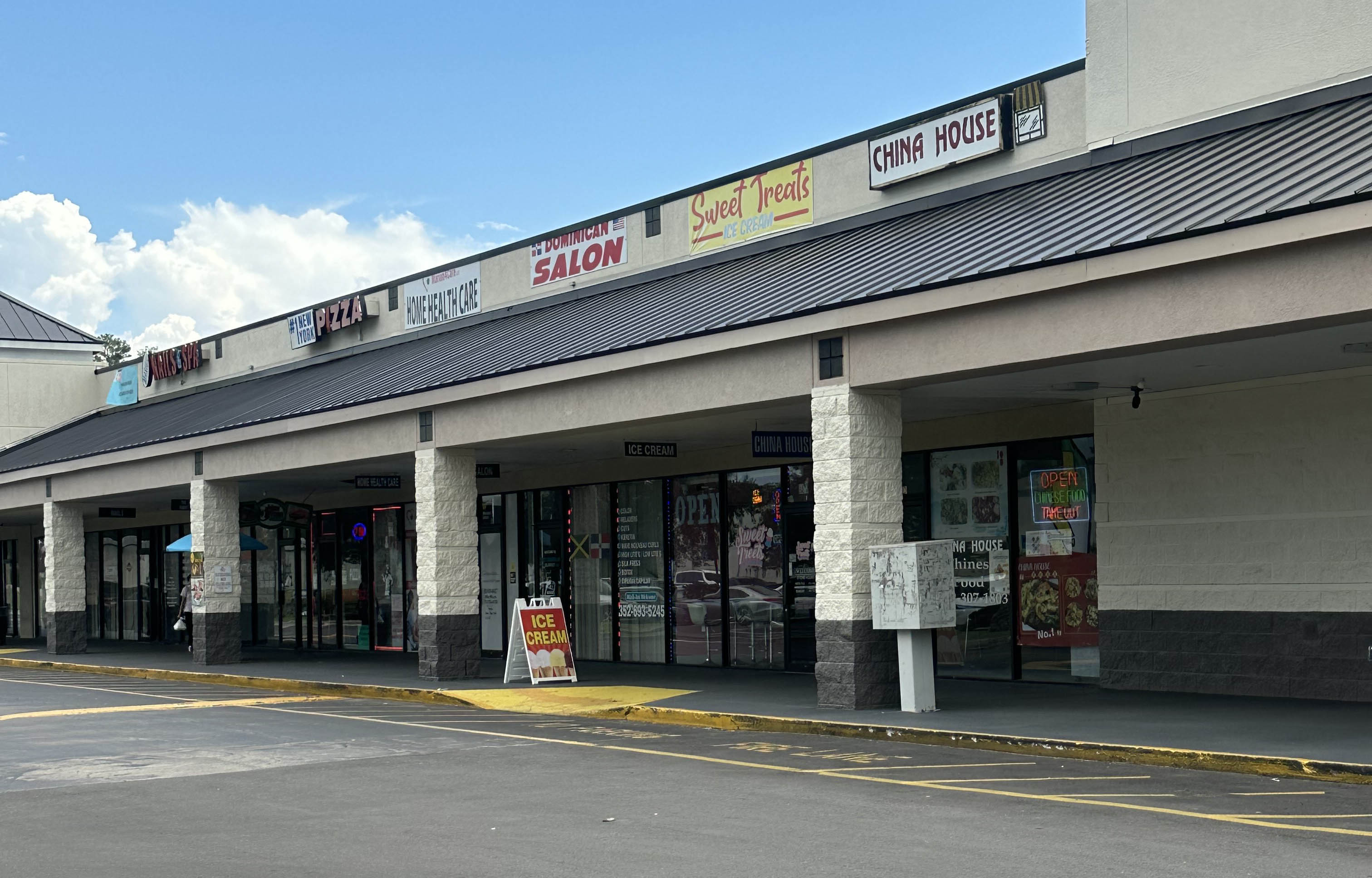


.jpg)
.gif)
.gif)